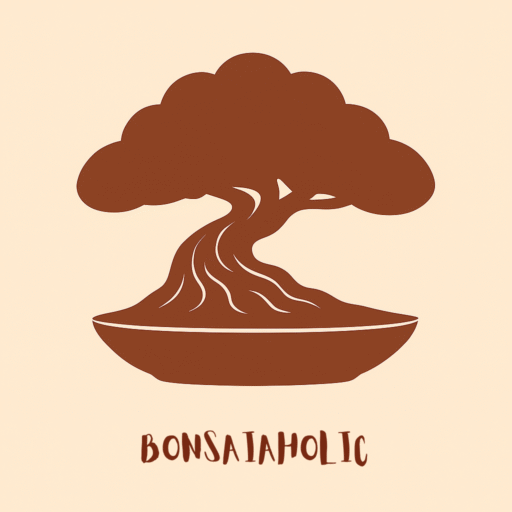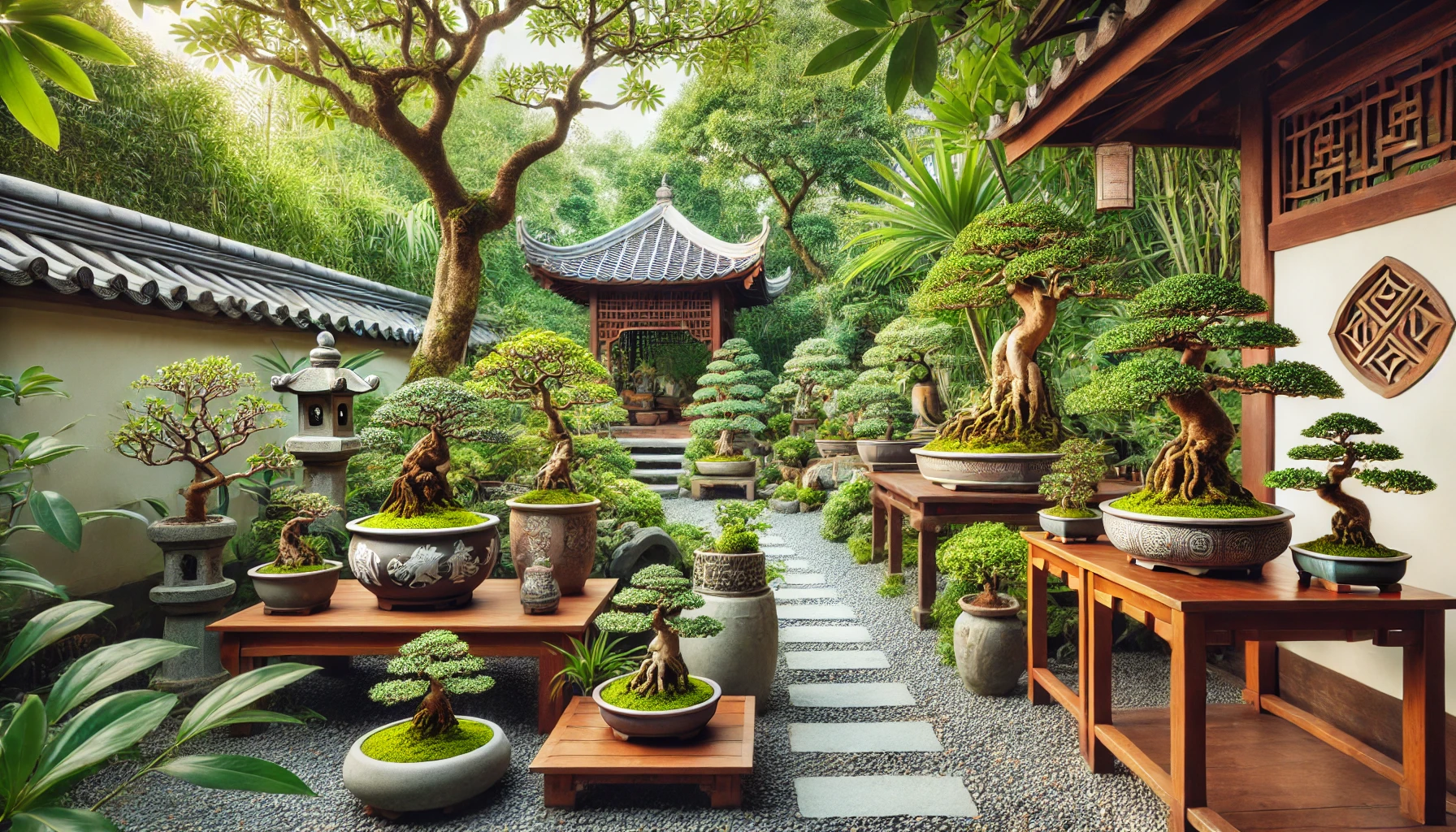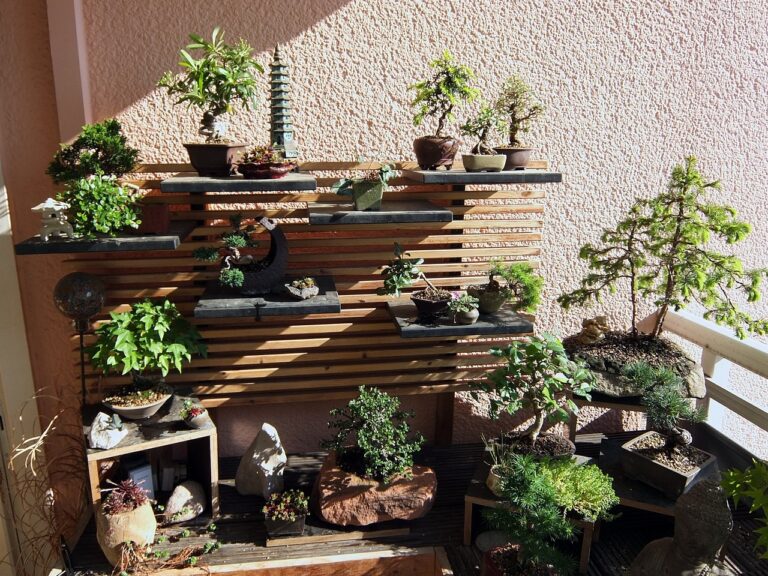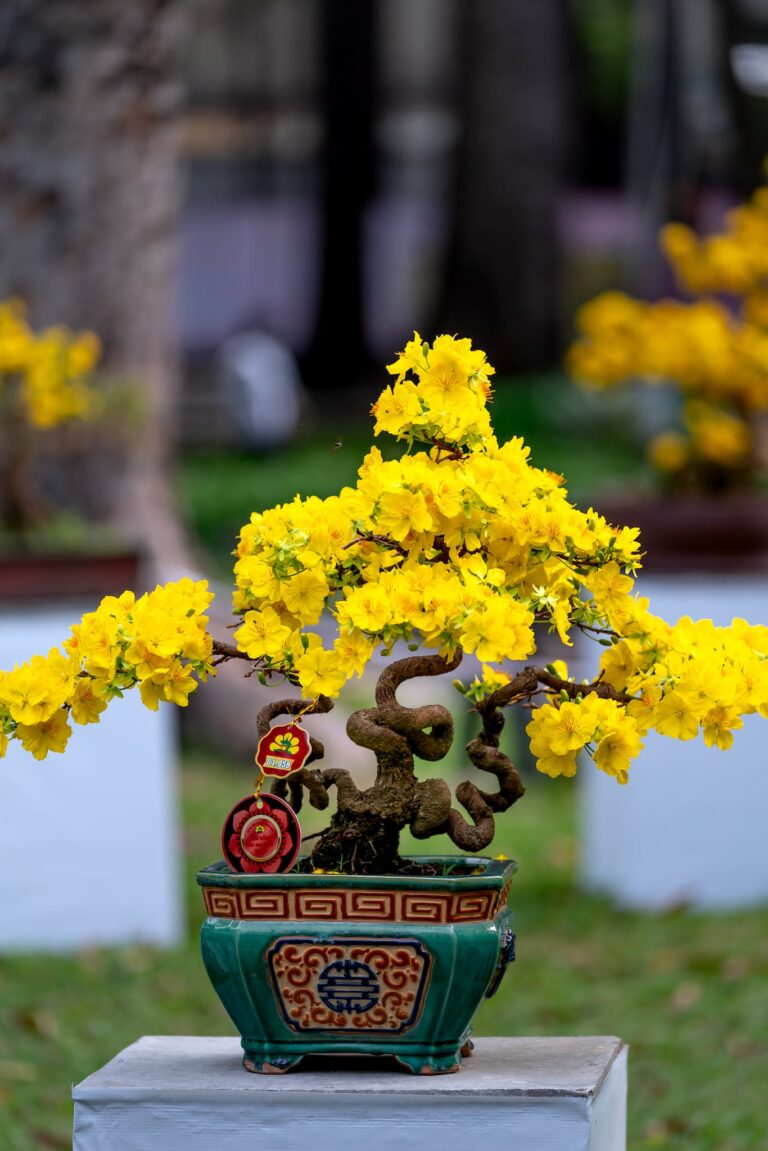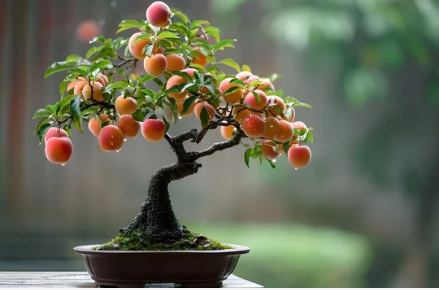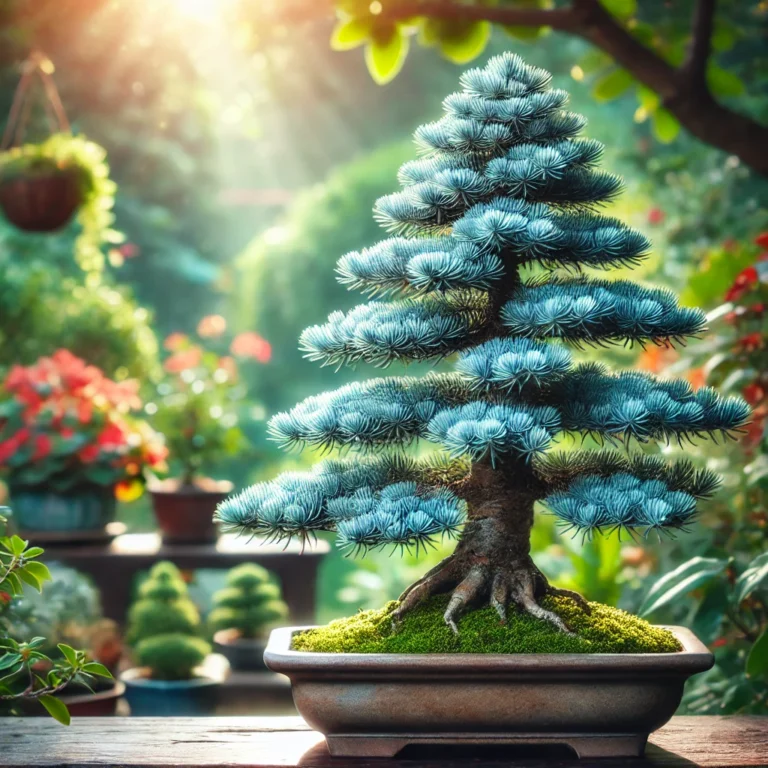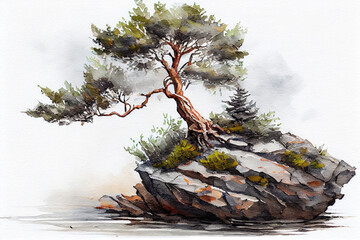Bonsai Garden Menu: Designing the Perfect Bonsai Experience
Creating a bonsai garden menu is an essential step in curating a captivating and educational experience for bonsai enthusiasts. A well-structured bonsai garden menu not only helps visitors navigate your collection but also serves as a guide to understanding the art of bonsai. In this comprehensive guide, we explore how to craft a bonsai garden menu that showcases the beauty of miniature trees, provides educational insights, and enhances the overall visitor experience.
Introduction to Bonsai Garden Menu
A bonsai garden menu is more than just a catalog of trees; it’s a roadmap that offers insights into the artistry, history, and care of bonsai. Whether you’re managing a public bonsai garden, running a nursery, or showcasing a private collection, a bonsai garden menu can:
- Guide visitors through your collection.
- Educate them about different bonsai species and styles.
- Highlight unique or rare specimens.
- Serve as a marketing tool for bonsai sales and services.
In this article, we’ll walk you through the components of a bonsai garden menu, including tree categories, care instructions, pricing, and additional offerings.
Elements of a Bonsai Garden Menu
A bonsai garden menu should be well-organized, visually appealing, and informative. Below are the essential sections to include:
1. Introduction and Philosophy
Start your bonsai garden menu with a welcoming note and an overview of your garden’s philosophy. Share the inspiration behind your collection and the significance of bonsai as an art form.
- Example: “Welcome to Serenity Bonsai Garden, where art meets nature. Our bonsai garden menu is designed to guide you through our collection and inspire a deeper appreciation for the beauty of bonsai.”
2. Bonsai Categories
Divide your collection into clear categories based on:
- Species: Include popular species like juniper, maple, pine, ficus, and blue spruce bonsai.
- Styles: Showcase trees in various bonsai styles such as formal upright, cascade, and forest.
- Sizes: Categorize trees as Shohin (small), Chuhin (medium), or Dai (large).
- Ages: Highlight pre-bonsai (young trees), established bonsai, and ancient specimens.
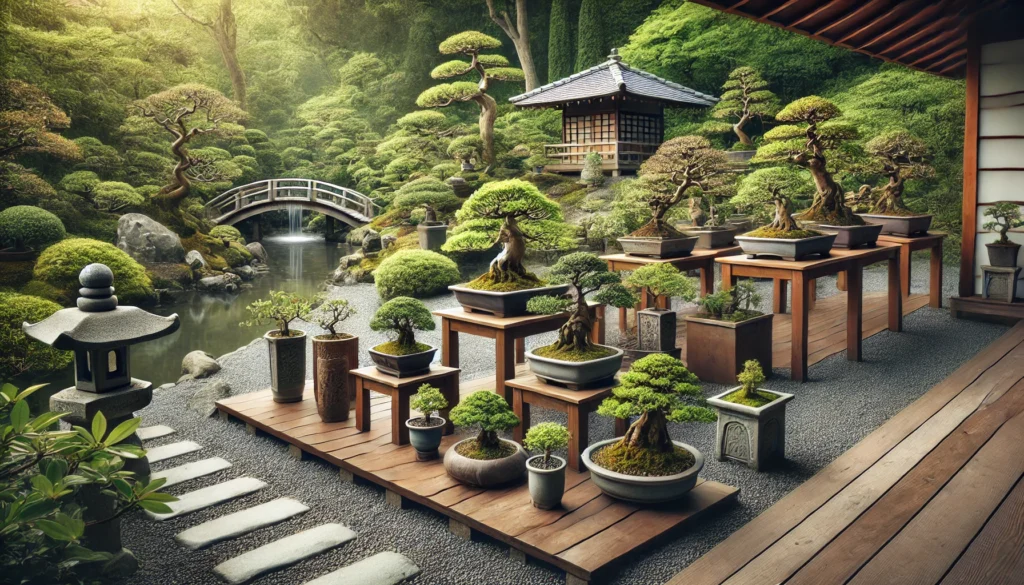
3. Detailed Tree Descriptions
For each tree, provide:
- A high-quality image.
- A description of its species, style, and unique characteristics.
- Basic care requirements such as sunlight, watering, and pruning needs.
4. Care and Maintenance Instructions
Educate visitors about bonsai care by including:
- Watering schedules.
- Fertilization tips.
- Seasonal care guidelines.
- Pruning and wiring techniques.
5. Pricing and Services
List the prices of bonsai trees, tools, and accessories. Mention any additional services such as:
- Bonsai workshops.
- Maintenance packages.
- Custom styling and repotting services.
6. Highlighted Specimens
Feature rare or unique bonsai trees to capture visitors’ interest. Share their history, significance, and special care instructions.
7. Additional Offerings
Include other elements like:
- Bonsai tools and pots.
- Decorative elements such as moss, rocks, and figurines.
- Gift packages and starter kits for beginners.
Popular Bonsai Species to Include in Your Bonsai Garden Menu
1. Juniper Bonsai
- Description: A hardy evergreen species with needle-like foliage, perfect for beginners.
- Care: Requires bright sunlight and minimal watering.
- Styles: Ideal for cascade and informal upright styles.
- Highlight: Its adaptability makes it a staple in any bonsai garden menu.
2. Japanese Maple Bonsai
- Description: Known for its vibrant foliage that changes with the seasons.
- Care: Thrives in partial sunlight and well-draining soil.
- Styles: Suitable for informal upright and forest styles.
- Highlight: Adds a splash of color to your bonsai collection.
3. Blue Spruce Bonsai
- Description: A coniferous tree with striking blue-gray needles.
- Care: Prefers cooler climates and consistent watering.
- Styles: Works well in formal upright and semi-cascade designs.
- Highlight: A unique addition to any bonsai garden menu.
4. Ficus Bonsai
- Description: A tropical species with dense foliage and robust roots.
- Care: Requires bright light and high humidity.
- Styles: Perfect for informal upright and banyan styles.
- Highlight: Popular for indoor bonsai enthusiasts.
5. Chinese Elm Bonsai
- Description: A versatile species with fine, serrated leaves and elegant branching.
- Care: Easy to maintain and suitable for beginners.
- Styles: Ideal for informal upright and broom styles.
- Highlight: A classic choice for any bonsai garden.
Bonsai Styles to Highlight
1. Formal Upright (Chokkan)
- A straight, tapering trunk with symmetrical branches.
- Suitable for species like blue spruce and pine.
2. Informal Upright (Moyogi)
- A gently curved trunk for a natural look.
- Ideal for maples and ficus.
3. Cascade (Kengai)
- Branches cascade below the pot, mimicking trees on cliffs.
- Best suited for junipers and blue spruce bonsai.
4. Forest (Yose-ue)
- Multiple trees planted together to create a miniature forest.
- Popular with species like Chinese elm.
5. Literati (Bunjingi)
- A minimalist design with sparse foliage and a slender trunk.
- Perfect for pine and juniper species.
Designing the Perfect Bonsai Garden Menu
1. Use High-Quality Images
Photographs are essential for showcasing the beauty of your bonsai trees. Invest in professional photography to capture the intricate details of each tree.
2. Organize Content Clearly
- Use headings and subheadings to structure the menu.
- Include icons or symbols for quick identification of species and styles.
3. Add a Personal Touch
Share stories about your bonsai collection, such as the history of specific trees or your journey as a bonsai enthusiast.
4. Offer Digital and Print Versions
- Create a printed menu for on-site visitors.
- Design a digital version for your website or social media platforms.
Sample Bonsai Garden Menu
Welcome to Tranquility Bonsai Garden
Introduction
Discover the art of bonsai in our serene garden. Our bonsai garden menu is crafted to guide you through our collection and inspire your journey into this timeless art form.
Tree Categories
- Juniper Bonsai
- Price: $50 – $200
- Care: Bright sunlight, minimal watering.
- Styles: Cascade, informal upright.
- Blue Spruce Bonsai
- Price: $100 – $300
- Care: Cool temperatures, consistent watering.
- Styles: Formal upright, semi-cascade.
Workshops and Events
- Beginner Bonsai Workshop: $30/session
- Seasonal Care Workshop: $20/session
Accessories and Tools
- Bonsai Shears: Starting at $15
- Ceramic Pots: Starting at $20
Conclusion
A bonsai garden menu is a valuable tool for enhancing the visitor experience and showcasing the beauty of bonsai. By organizing your collection, providing detailed descriptions, and offering additional services, you can create a comprehensive guide that captivates and educates your audience. Whether you’re running a nursery, managing a public garden, or sharing a private collection, a bonsai garden menu ensures that every visitor leaves with a deeper appreciation for this ancient art form.
